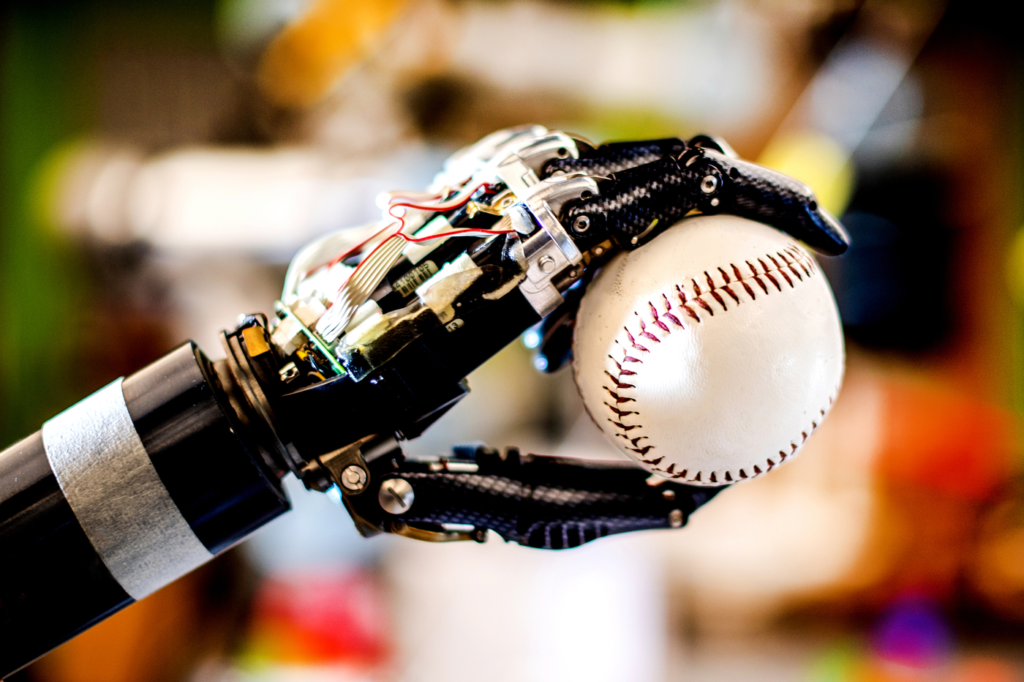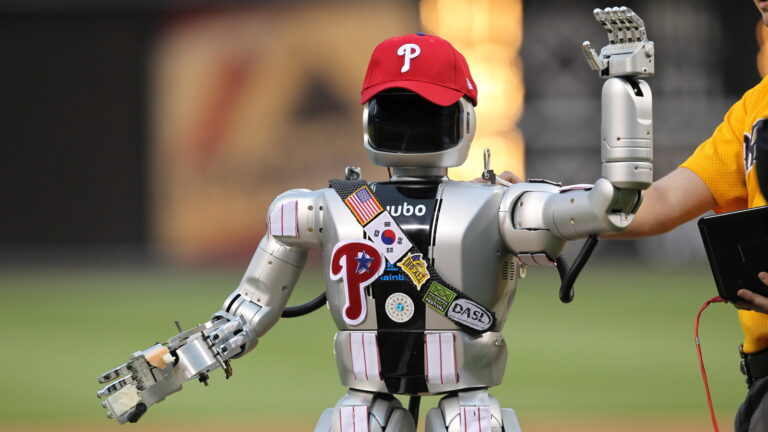Major League Baseball has officially approved the use of “robot umpires” starting in the 2026 season. The change comes via the newly endorsed Automated Ball/Strike System (ABS), which adds a challenge‑mechanism for ball and strike calls.
What Is ABS and How It Works
- The system uses Hawk‑Eye cameras to track each pitch and determine whether it crosses the strike zone.
- Human umpires will still make initial calls, but batters, pitchers, or catchers may challenge a ball‑or‑strike call by tapping their helmet or cap—an immediate visual signal after a disputed call.
- Each team gets two challenges per game, and teams retain a challenge if successful. Extra challenges are granted in extra innings.
- When a challenge is triggered, the result will be displayed via graphics on the park’s videoboards.
Why This Is Being Implemented
- The system has been tested at multiple levels: in minor leagues since 2019, Triple‑A since 2022, in spring training, and during the 2025 All‑Star Game.
- MLB aims to increase accuracy in pitch calling, reduce controversial calls, and limit ejections related to disagreements over ball‑strike calls.
- Players and many teams showed support for a hybrid model rather than fully automated calls to retain the human element and maintain strategic aspects like pitch framing.
What Remains Human
- Umpires will still make the initial call on every pitch. The robot system is used only when a challenge is made.
- The rule does not remove strike zone variability entirely; zones will be calibrated according to batter height but not stance.
Potential Impacts & Reactions
- Some traditionalists express concern that robot umps might reduce the human drama of the game and alter skills such as pitch framing by catchers.
- Others believe ABS will lead to fairer outcomes and reduced fan frustration over missed calls.
- There will likely be an adjustment period for players, umpires, and fans. Teams may adapt their strategies, especially in managing challenges in high‑leverage moments.
What To Watch For
- How often challenges are used and whether teams run out of challenges in tight games.
- Effect on game flow: speed of the review process and how delays are managed.
- Statistical changes: compare rates of walks, strikes called, strikeouts, and how pitchers/catchers adapt.





















0 Comments